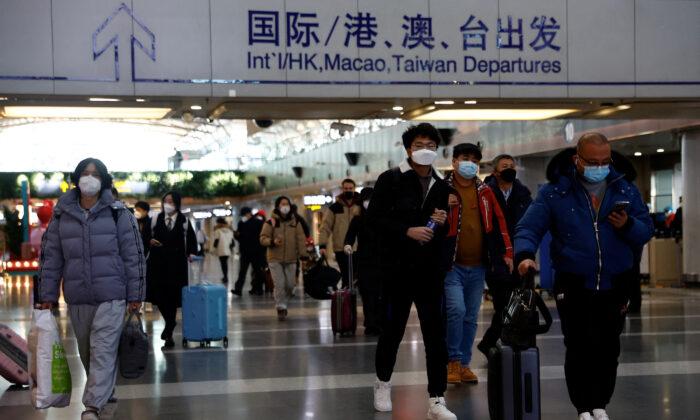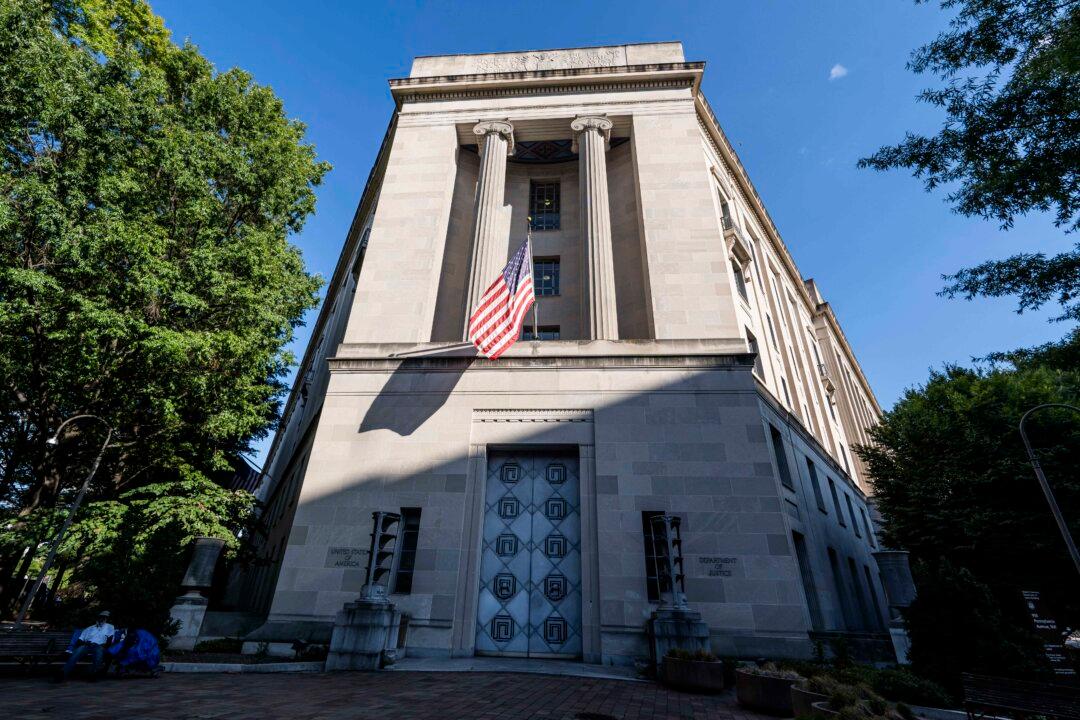The United States will mandate COVID-19 testing for all travelers from China, joining a growing list of nations adopting entry curbs in light of the country’s COVID surge.
Beginning Jan. 5, all air passengers aged 2 or older will need to present a negative COVID-19 test result no later than two days before departing from China’s mainland, Hong Kong, or Macao, regardless of their nationality or vaccination status, U.S. health officials said on Dec. 28.
Those who have tested positive more than 10 days before the flight can show proof of recovery in lieu of a negative test result. At least one of the two documentation will be required for boarding a U.S.-bound flight.
The measure was a response to the massive COVID wave sweeping the country on the heels of the Chinese regime’s abrupt lifting of stringent zero-COVID restrictions earlier this month without adequate preparation.
Amid the COVID surge, the National Health Commission earlier this week announced plans to resume outbound tourism from Jan. 8, three days after the U.S. rule will take effect.
All quarantine requirements for inbound travelers to China will end as soon as Jan. 8, the agency said on Dec. 26. The cap on the number of international flights coming in and out of China will be scrapped, and outbound tourism, which plummeted to almost zero during the pandemic, will resume in “an orderly manner.”
Chinese state media cited an immediate rise in travel demands by Chinese nationals, who have been prevented from leaving the country for nearly three years. The search volume for international air tickets on some travel sites soared by as much as 850 percent.

The regime’s reopening of China’s borders was decried as “extremely irresponsible” by one health expert.
Lack of Transparency
U.S. officials on Tuesday confirmed that the Chinese regime’s lack of transparency during the current outbreak was a key factor for the imposition of the new travel restrictions.“There are mounting concerns in the international community on the ongoing COVID-19 surges in China and the lack of transparent data, including viral genomic sequence data, being reported from the PRC,” an unnamed U.S. official said in a written statement provided to media outlets on Tuesday, using the acronym for China’s official name.
“Without this data, it is becoming increasingly difficult for public health officials to ensure that they will be able to identify any potential new variants and take prompt measures to reduce the spread.”
Earlier on Wednesday, when asked about Washington considering travel restrictions, China’s foreign ministry spokesperson Wang Wenbin asserted that COVID response measures should be “science-based and proportionate without affecting normal people-to-people exchange.”
The U.S. entry curbs followed in the footsteps of China’s neighboring nations and regions such as India, Malaysia, Japan, and Taiwan.
Italy on Wednesday also became the first country in Europe to make COVID-19 testing mandatory for people arriving from China.
“The measure is essential to guarantee the surveillance and identification of any variants of the virus in order to protect the Italian population,” said Orazio Schillaci, the Italian health minister.
Milan’s main airport, Malpensa, began testing passengers from Beijing and Shanghai on Dec. 26 and found that nearly one in two passengers was infected.
Aside from the testing requirements, the U.S. Centers for Disease Control and Prevention said it’s also expanding a voluntary early warning program to detect new COVID-19 variants by collecting anonymous nasal swabs from arriving international travelers on selected flights at major U.S. international airports.
The program currently covers seven airports and about 500 weekly flights from 30 countries, including 290 from China and surrounding areas. Earlier in the pandemic, it had detected two Omicron subvariants, BA.2 and BA.3.







